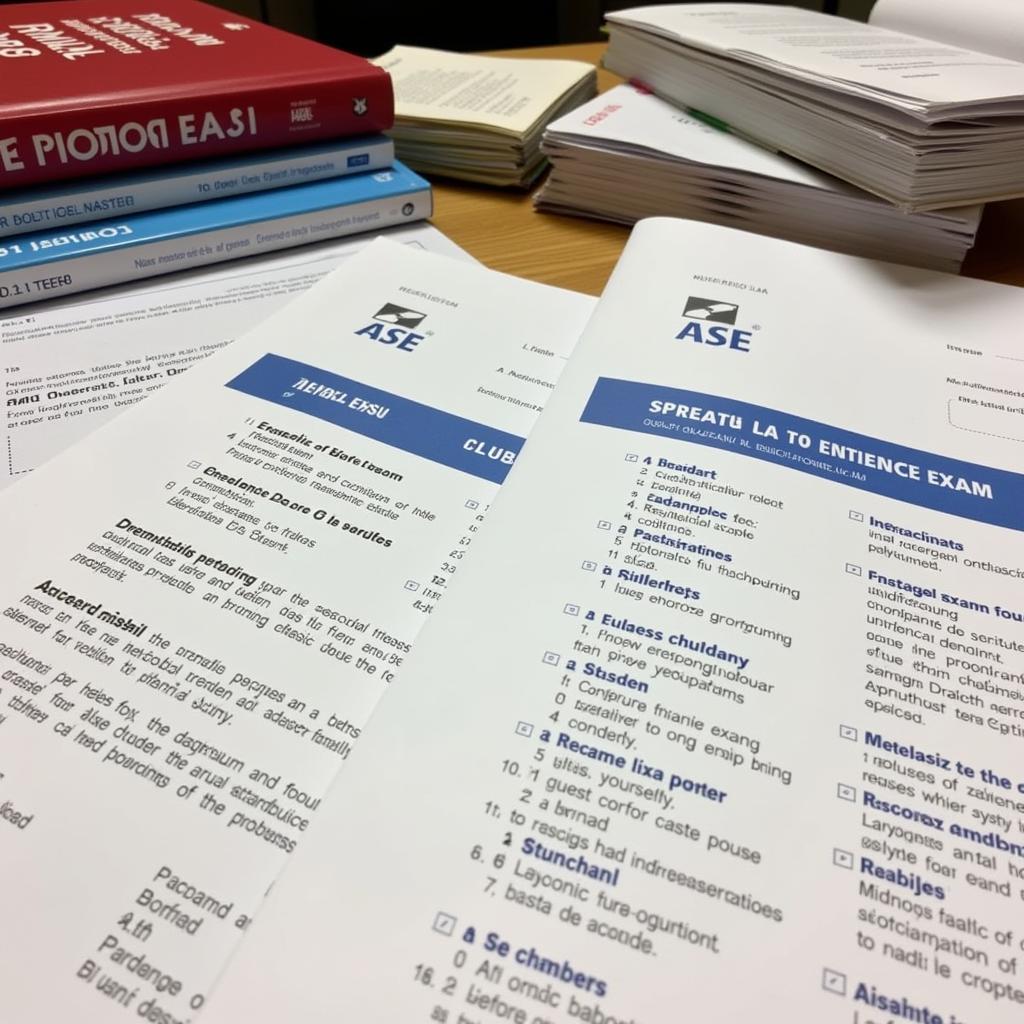The Asean Agreement On Transboundary Haze Pollution (AATHP) represents a significant step towards addressing a critical environmental challenge in Southeast Asia. This agreement, signed in 2002, aims to prevent and mitigate the devastating impacts of transboundary haze pollution caused primarily by land and forest fires. But how effective has it been, and what challenges remain?
Understanding the ASEAN Agreement on Transboundary Haze Pollution
The AATHP is the first legally binding environmental agreement in the region, demonstrating ASEAN’s commitment to tackling this complex issue. The agreement calls for regional cooperation in preventing, monitoring, and mitigating haze pollution, including information sharing, technology transfer, and capacity building. It emphasizes the importance of sustainable land and forest management practices to prevent fires, the primary source of the haze.
One crucial aspect of the AATHP is the establishment of a regional haze monitoring system. This system facilitates the sharing of real-time data on hotspot locations and air quality, allowing member states to respond quickly and effectively to developing haze events. The agreement also promotes joint research and development of technologies for fire prevention and suppression.
asean agreement on transboundary haze pollution pdf
Why is the ASEAN Agreement on Transboundary Haze Pollution Important?
Transboundary haze pollution has far-reaching consequences, impacting not only the environment but also human health, economies, and social well-being. The haze causes respiratory illnesses, disrupts transportation, reduces tourism revenue, and damages agricultural yields. It also contributes to climate change through the release of greenhouse gases. The AATHP aims to mitigate these adverse impacts by promoting regional collaboration and preventative measures.
asean agreement on transboundary haze pollution success
Challenges and Future Directions
While the AATHP has provided a framework for regional cooperation, significant challenges remain. Enforcement of the agreement has been difficult due to varying levels of commitment and capacity among member states. Financial resources for implementing the agreement’s provisions are also limited. Furthermore, the involvement of the private sector and civil society in haze prevention and mitigation efforts needs to be strengthened.
“The AATHP represents a crucial step, but continued commitment and increased resources are vital for its success,” says Dr. Anya Sharma, a leading environmental expert in Southeast Asia.
asean agreement on transboundary haze pollution indonesia
What are the current limitations of the AATHP?
One of the primary limitations is the lack of a robust enforcement mechanism. The agreement relies heavily on voluntary compliance by member states. “Holding countries accountable for haze pollution remains a complex challenge,” observes Professor Budi Santoso, an expert in international environmental law.
How can the ASEAN Agreement on Transboundary Haze Pollution be strengthened?
Strengthening the AATHP requires increased political will, enhanced financial and technical support, and greater public awareness. “Regional collaboration and information sharing are key to effectively addressing this transboundary issue,” adds Dr. Sharma.
asean agreement on transboundary haze pollution statistics
Conclusion
The ASEAN Agreement on Transboundary Haze Pollution is a vital instrument for tackling a significant environmental challenge in Southeast Asia. While progress has been made, continued efforts are needed to strengthen implementation, enhance regional cooperation, and ensure that the agreement truly delivers a breath of fresh air for the region.
asean agreement on transboundary haze pollution money needs
FAQ
- What is the ASEAN Agreement on Transboundary Haze Pollution?
- When was the AATHP signed?
- What are the main objectives of the AATHP?
- What are the key challenges in implementing the AATHP?
- How can the AATHP be made more effective?
- What is the role of the private sector in combating haze pollution?
- How can I contribute to haze prevention efforts?
Need support? Contact us 24/7: Phone: 0369020373, Email: aseanmediadirectory@gmail.com or visit us at: Ngoc Lien Village, Hiep Hoa, Bac Giang, Vietnam.

